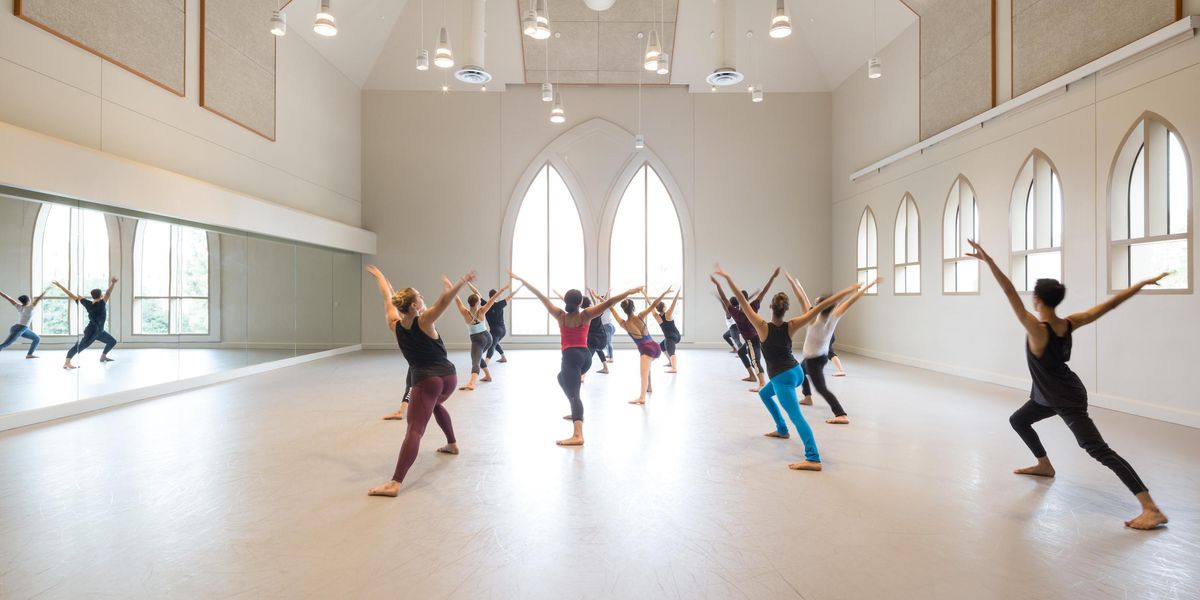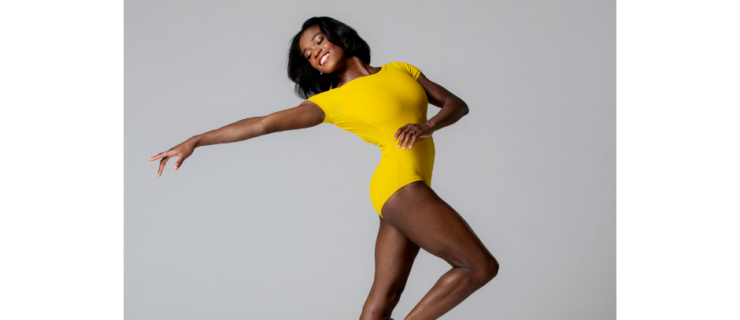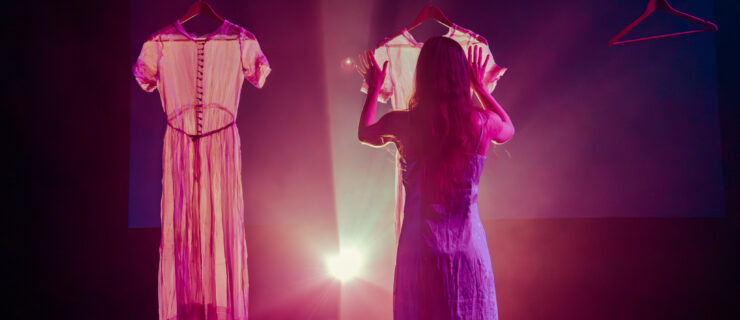Bill T. Jones/Arnie Zane Dance Company and SITI Company
Richard B. Fisher Center for the Performing Arts
Bard College, Annandale-on-Hudson, NY
July 6, 2013
(right)
A Rite, performed by the Bill T. Jones/Arnie Zane Dance Company and SITI Dance Company
A sometimes testy question-and-answer session followed the local premiere of A Rite. Conceived by choreographer Bill T. Jones and theater director Ann Bogart, this magnificent new version of The Rite of Spring is among the great re-interpretations of Igor Stravinsky’s score. Like the original production, however, this one leaves some viewers disgruntled.
Confrontation with a hostile crowd was part of Stravinsky’s vision from the start, of course, when the “great sacrifice” of a maiden in prehistory came to him in a daydream in 1910. This primal scene would be the ballet’s conclusion, a performance in which the Chosen One expires, like a hapless vaudevillian, before an audience wrapped in bearskins.
Stravinsky, too, was victimized by the elders of his own tribe, the guardians of “tradition” right after it. Perhaps he foresaw the pandemonium that would break out at the Théâtre des Champs-Élysées, where viewers would watch the artists of the Ballets Russes extinguished amid catcalls and fistfights.
The violence would only escalate. Accruing layers of meaning, soon The Rite became associated with the carnage of the First World War. This connection has inspired Jones and Bogart to re-imagine their Chosen One as a shell-shocked veteran who has committed a massacre.
As the veteran, Will Bond is a nervous wreck, armed with a tape recorder and an imaginary machine-gun. This Rite is his grisly, recovered memory enacted by a mixed company of dancers and actors. He concludes the piece alive, but trapped behind a curtain of hanging strips that suggest the bars of a cage.
Bill T. Jones/Arnie Zane Dance Company and SITI Dance Company in
A Rite
Turning the Chosen One into a male who kills others has shocking implications. The soldier is not a rogue, but the darling and the dupe of a community that sends him out in uniform as a fully credentialed emissary of death. Jones’ characteristic movement tableaux, weighted and stomping or scuttling en masse, grow ominously sticky as he describes this clan. When anyone tries to escape, arms reach out to seize him and the fugitive is hauled back inside the rolling ensemble.
Today’s collaborators have a darker idea of rebirth than Stravinsky and his colleagues did. Martyrs and murderers exchange places in A Rite; and later, when the people whom the soldier has mowed down rise haltingly to their feet and resume their singing, we suspect the wars and slaughter will continue in an endless loop.
Jones and Bogart have found equivalents for the ballet’s other protagonists, too. Instead of an ancient soothsayer, Ellen Lauren plays a musicologist who explains Stravinsky’s score for us in a folksy accent (“Don’tcha get it? This piece is about sex!”) At one point, the din behind her drowns out her lecture, much as the tumult of the 1913 premiere drowned out the orchestra or as atavistic impulses may silence the voice of reason. Instead of prostrating himself to kiss the earth, Stephen Duff Webber is a physicist serving up quasi-mystical theories.
The piece is fragmented, abruptly switching from spoken text to movement and isolating frozen bodies in rectangles of light. At various points we hear the music played by an orchestra or on a piano, or sung in an eerie, piping chorus. The dancers swing to a jazz arrangement and knock knees in the Charleston, reviving the question of what constitutes an affront to good taste, and what’s simply ahead of its time. In a segment of startling beauty, pairs of dancers curl outward from a center line and circle back, the symmetrical design proliferating and blossoming like spring greenery.
This deconstruction recalls that Stravinsky composed The Rite out of sequence. Perhaps Bogart and Jones also hope to jar viewers, triggering an altered state of consciousness. Ironically the memory the war veteran struggles to recapture is one of forgetfulness. The rapture that seizes him on the battlefield offers a transcendent loss of self, akin to the original Chosen One’s ritually induced stupor.
Sitting in an audience, bruised and regretful, how can we drop our individual burdens, unlock the gate and regain the magic kingdom? Stravinsky’s rhythms, pounding repetitively and then suddenly veering off course, attempt to throw us over the edge into darkness; and Jones and Bogart follow his example.
Eventually, however, sleepers must awake; and then this Rite poses a question. Can humanity profit from its bloody souvenirs? Or will The Rite of Spring continue to dismay with memories that are fresh predictions, anticipating the next outbreak of violence and the uncontrollable shivering that is a telltale symptom of “the augurs”?
All photos by Cory Weaver, Courtesy Bard Summerscape




